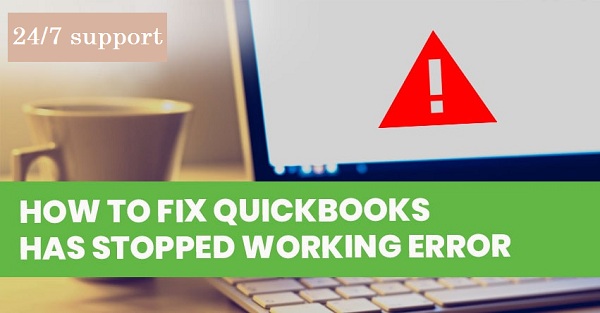What to do if QuickBooks is unable to verify Financial Institution?
While adding some details in the
QuickBooks software about your financial institution or making some payments to
the clients or vendors through the accounting software, did you ever receive a
message saying, “QuickBooks is unable to verify the Financial Institution
Information for this download? Please try again later.” If yes, then this means
that your financial software is unable to connect to your Bank. If you find
that this issue is ‘all Greek to you,’ and you are unable to understand it,
then do read the blog or have a word with the technical executives at QuickBooks customer care number.
To continue with, let us
understand the reasons due to which this error takes place. One is when you
have not fed the bank details (ID) properly inside QuickBooks, or when the
program is unable to identify the ID code. You might ask yourself these
questions. If you get definite answers to almost all of these, then for sure
this error was bound to occur.
·
Is the QuickBooks copy/version more than three
years old? For example, do you have 2014 version and its year 2017 (imagine)?
If yes, then update the software without any further delays
·
Does QuickBooks validate and authorize your
credit card payments or bank account? If not, then you are advised to use
Bank2QBO for creating the .QBO file from the allowed financial institution.
·
Was your .QBO file created properly? Many times
banks and other companies create the files that are diverse from each other.
These files are the extended version of OFX files. Besides, these files are not
acceptable for the software.
·
If your .QBO file was created from CSV or Excel
from the third party software, then use CSV2QBO for creating the file again.
Essential solutions to implement for solving the dilemma
·
Launch the .QBO file in either Microsoft Excel
or Notepad.
·
In the file, look for the line
INTUIT.BID>2002. It will be written in the 20th line.
·
Change the number to 3000.
·
Save the changes and after that, upload the file
in QuickBooks.
In case your .QBO files are of a
US bank, and you wish to import to Canadian edition, then you can use these
solutions.
·
Search for the file with the name
fidir.txt.file. It is present in the folder that appears at the top.
·
Launch Notepad and run this file
·
If you
are a Windows 8/7/Vistas user, then
·
Search for the data in the path,
C:\Programdata\...\filist.
·
If you
are a Windows XP user, then
·
Search for the file in the data path,
C:\Documents and Settings\...\filist
·
Look for the Bank’s name MB financial and copy
the four set of numbers.
·
Launch the .QBO file in Notepad and then search,
<FID>, <BANKID>, or <BID>
·
Alter the numbers that are near the characters
to those associated with FIDIR
·
Save the changes, open the QB Company file, and
transfer it.
It is not rocket science to solve
the specific issue. Nevertheless, if you find that the situation is getting out
of hand, and then feel free to have a word with the connoisseurs at QuickBooks Customer Support.




Comments
Post a Comment